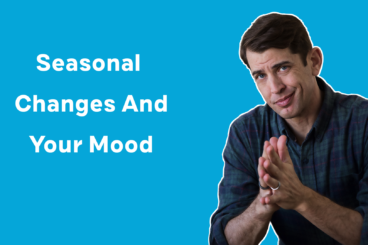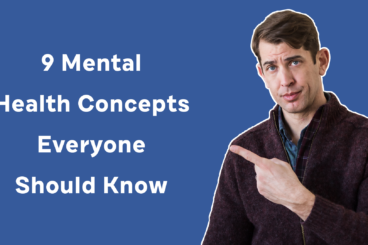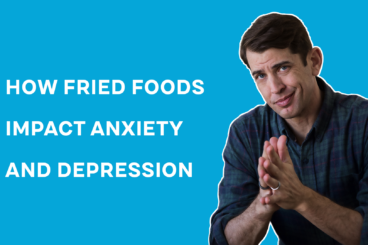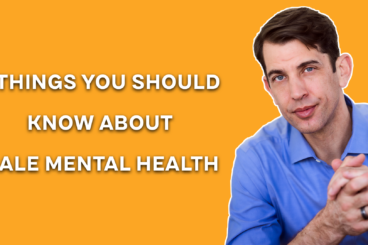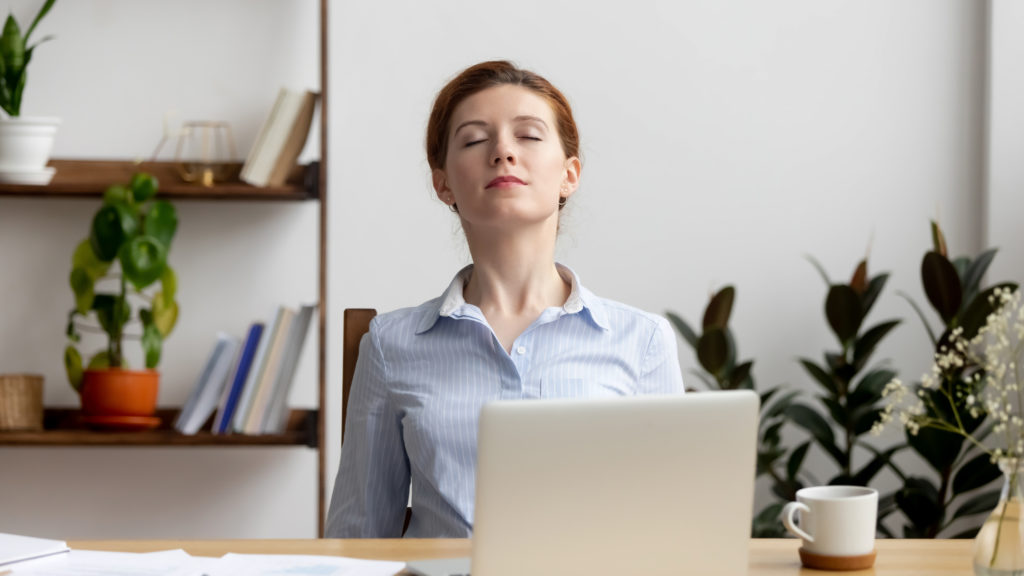
Anxiety is something we’re all familiar with. At the most basic level, anxiety, like any stress, helps us get things done. It’s motivating and helps us perform. But at a certain point, the scale starts to tip and anxiety can become more harmful than helpful. Anxiety can cause us to experience the world and people around us as a threat, making it harder to get things done, connect with others, and feel safe and relaxed in our bodies.
The good news is that there are lots of ways to work with and soothe our anxiety. It’s often a matter of trying different tools and techniques until you find a set that works well for you. Here are three techniques that I find work well for me:
Brain dump
A lot of the time we feel anxiety when we are trying to manage too many layers of thoughts and feelings in our minds. This might manifest as overthinking, constantly worrying about forgetting things, or replaying scenarios in our minds on repeat. If any of this feels familiar, a brain dump could be a great tool for you. What is a brain dump exactly?
A brain dump is a way to get all these thoughts and feelings out of our heads and onto paper. All you need is a place to write; you could use paper, a journal, an email draft, google doc or even the notes app on your phone.
To start, set aside at least 5 minutes and begin writing about whatever you’re thinking. It doesn’t have to be linear or make sense, if you’re feeling creative, you might even draw what you’re feeling or thinking.
You might end up with part to-do list and part scribbles about how angry you are about something that happened at work. Whatever comes out is 100% acceptable, the idea is to get these thoughts and feelings out of your head and onto paper, whatever they are and however they manifest. You might struggle to come up with something at first, but once you get started you’ll likely find it flows more easily.
This is a great tool to use at night to help clear your mind before going to bed. It also works great in the morning to help your mind feel more clear and ready for tackling the day.
Here are some prompts to get you started:
- Has something been bothering you lately?
- What’s happening in your life that has you worried?
- Are there things in your life that feel out of control right now?
- What do you find yourself thinking (or worrying) about in moments of quiet?
- Are there things you want to do or that you are worried about forgetting?
- How are you feeling about your relationships, your work or what’s happening in your community?
Breathing
Breathing is one of my top tools for regulating anxiety. Many of these techniques are ancient with a modern twist (for more on yogic breathing techniques, check out pranayama).
And, there are lots of options. Which one is the best? The one that works for you. Here are some of our favorites*:
- Box breathing is a technique used by the Navy Seals for stress management. To do this practice, simply breathe in for a count of 4, hold your breath for a count of 4, exhale for a count of 4 and hold for a count of 4. Repeat at least 4 times.
- 4-7-8 breathing was popularized by Dr. Andrew Weil. Inhale through your nose for a count of 4. Hold your breath for a count of 7. Exhale through your mouth for a count of 8. One challenge with this exercise is it might be difficult to hold your breath for 7 counts or exhale for 8. If this is the case, start with one of the other breathing techniques and work your way up to it.
- Soft belly breathing doesn’t have a particular count but involves softening your belly, breathing in through your nose and imagining your breath going all the way to your belly before turning around and moving up your body and out pursed lips. We learned this technique from Jim Gordon at the Center for Mind Body Medicine. You can listen to him lead you through the practice HERE
These breathing techniques are helpful for a number of reasons. Breathing can help move us from “fight or flight” (the sympathetic nervous system) to a relaxed state by moving us into the parasympathetic nervous system, also known as “rest and digest.”
*Please note you can open or close your eyes during any of these practices. Closing the eyes can help with reducing external stimulation, but for some people with anxiety and PTSD, closing the eyes can be anxiety-provoking. Both ways work.
Watch your blood sugar
Poor blood sugar regulation is often a hidden cause of anxiety. When we have low blood sugar, the body excretes epinephrine (adrenaline). This helps with normalizing blood sugar levels in the body, but it also puts us in an activated state (remember “fight or flight”?). Chronic low blood sugar can also trigger cortisol production leading to more of this “stress hormone” circulating in our bodies.
Low blood sugar can also lead to symptoms that look just like anxiety – high heart rate, trouble concentrating, irritability and shakiness. Your best bet when it comes to managing anxiety and food is to eat regular meals, avoid high-sugar foods and drinks, and get enough fiber and protein. You can also read more about foods that can reduce stress HERE
Remember, anxiety can be a useful state for us, it helps us turn in assignments on time and prepare for job interviews. Anxiety only becomes problematic when it becomes chronic and starts to impact us negatively. These three tools are great for maximizing our mental well-being, whether you’re feeling overwhelmed by anxiety or not, because they help our minds and bodies stay in a relaxed and connected state (parasympathetic activation) that helps us function optimally.
I hope these tools are useful for you and give you some ideas for ways you can help manage your anxiety. Whether you are in therapy, taking medication, or just beginning to think about your anxiety, it’s important that we are empowered with tools we can use on our own as well as get help from professionals when we need it. Give these tools a try and let us know what you think and if you’re looking for a mental health practitioner in your area you can check our clinician directory.
